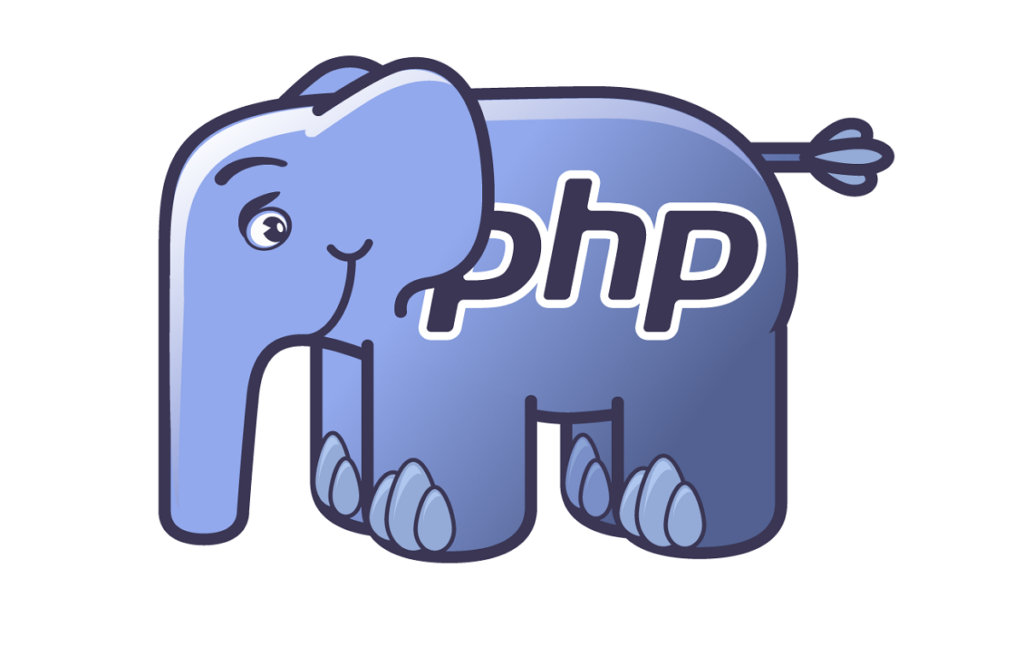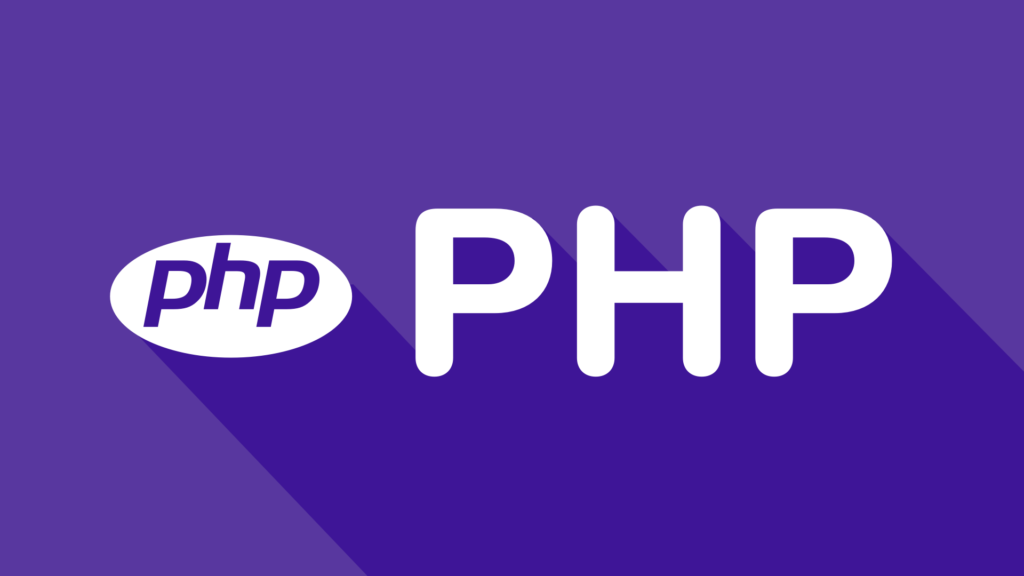Introduction:
What is PHP? Understanding PHP: The Powerhouse of Web Development: In the world of web development, PHP stands tall as one of the most widely-used and influential scripting languages. From simple personal websites to complex enterprise applications, PHP has played a vital role in shaping the modern web. In this blog post, we will delve into the world of PHP, exploring its purpose, features, and significance in the realm of web development.

- The Origins of PHP: PHP, originally standing for “Personal Home Page,” was created by Rasmus Lerdorf in 1994 as a set of Perl scripts. Over time, it evolved into a full-fledged programming language, and its name changed to “PHP: Hypertext Preprocessor.” Its journey from a simple scripting language to a powerful tool for web development is a testament to its adaptability and continuous development.
- Key Features and Benefits: PHP brings an array of features to the table that make it a preferred choice for web developers. Its integration with HTML allows seamless blending of dynamic and static content. PHP’s extensive database support enables easy interaction with various database management systems. Additionally, its cross-platform compatibility and vast community support ensure its reliability and availability of resources.
- Server-Side Scripting: PHP operates on the server-side, meaning it executes on the web server before sending the processed HTML output to the client’s browser. This approach allows PHP to handle complex operations, such as interacting with databases, processing form data, and generating dynamic content, without burdening the client’s device.
- Easy Integration and Syntax: One of the strengths of PHP is its effortless integration with HTML. Developers can embed PHP code directly within HTML, making it easier to mix dynamic and static elements. PHP syntax is intuitive and beginner-friendly, providing a smooth learning curve for aspiring developers.
- Database Interaction: PHP has built-in support for various databases, including MySQL, PostgreSQL, and Oracle. Its extensive set of functions and libraries simplifies database connectivity, query execution, and data retrieval. This capability makes PHP an excellent choice for creating data-driven web applications.
- Object-Oriented Programming: With PHP’s support for object-oriented programming (OOP), developers can organize their code into reusable and modular structures. OOP principles, such as encapsulation, inheritance, and polymorphism, enhance code maintainability and flexibility.
- Frameworks and Ecosystem: PHP boasts a rich ecosystem of frameworks, such as Laravel, Symfony, and CodeIgniter. These frameworks provide pre-built components and structures to accelerate development, streamline code organization, and enhance security.
Conclusion:
What is PHP? Understanding PHP: PHP has emerged as a dominant force in web development, powering countless websites and applications across the globe. Its ease of use, extensive feature set, and community support make it a versatile and reliable choice for developers. As the web continues to evolve, PHP remains a vital tool in the arsenal of web developers, constantly adapting and growing to meet the demands of modern web development.
Whether you are a beginner exploring web development or an experienced developer looking to expand your skill set, understanding What is PHP, PHP opens up a world of possibilities. Embrace its power, harness its potential, and join the vibrant community of PHP developers shaping the future of the web.
For more PHP Solutions click here.
For more info on What is PHP? click here.


